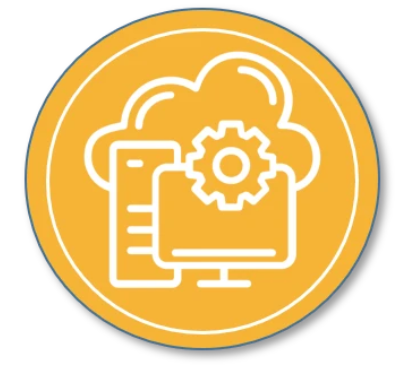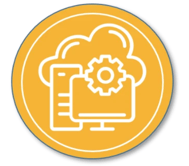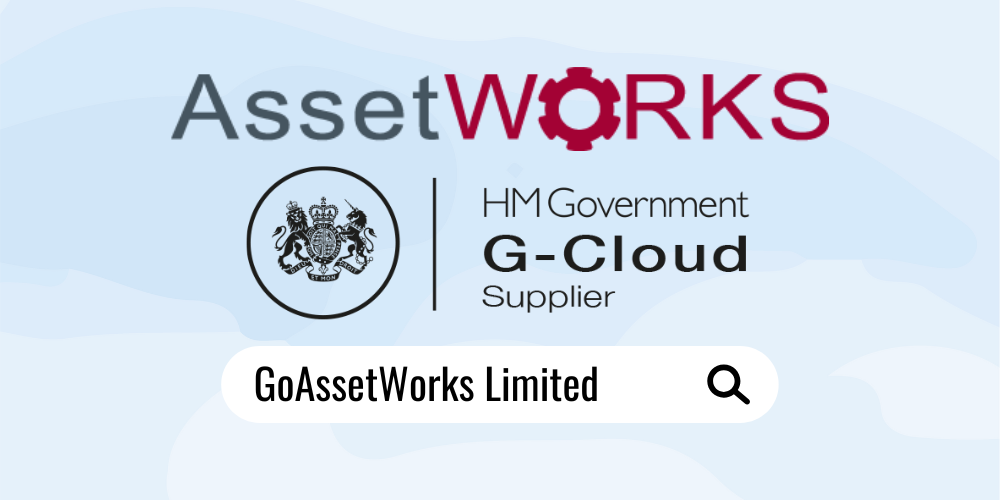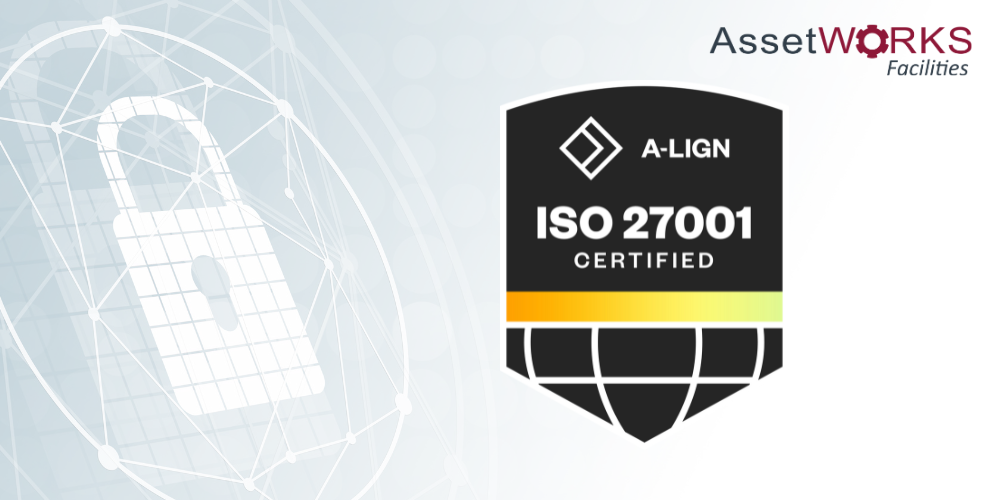The Big Switch from CMMS or CAFM products to IWMS solutions

Greg Jarboe

Over the summer, I re-read Nicholas Carr’s The Big Switch: Rewiring the world, from Edison to Google. The Financial Times says the book is “the best read so far about the significance of the shift to cloud computing.” And Times Higher Education says Carr’s account is “one of high journalism.”
That’s not surprising, since Carr is an acclaimed writer whose work focuses on technology, economics, and culture. His books, including the Pulitzer Prize finalist "The Shallows: What the Internet Is Doing to Our Brains," have been translated into more than 25 languages. He is a visiting professor of sociology at Williams College in Massachusetts and was formerly executive editor of the Harvard Business Review.

The Big Switch uses historical analogy to make a persuasive argument: Computing is turning into a utility, and the effects of this transition will ultimately change society as completely as the advent of cheap electricity did more than 100 years ago.
I interviewed Carr right after The Big Switch was published in 2008, He said, “The Big Switch is what I think is a fundamental change in the nature of computing. We’re going from a time when you had to do all your computing locally on your local hard drive or your local data center to a world where much more of computing is delivered over the internet.”

He added, “And I argue it really mirrors the shift that happened with electric power 100 years ago. It used to be you have to generate all your own power yourself to run all your machines. As soon as we had the network to deliver that power, everybody got rid of their local operations and plugged into the network. And I think we're seeing the same thing with the Internet as it becomes a computing platform instead of just an information platform”
As I re-read his book this summer, I thought that Carr’s historical analogy can also help facility and real estate managers make the chase for switching CMMS or CAFM products to IWMS solutions for their higher education institutions.
As Carr explains in the book, “Edison’s challenge was to replace gaslight systems with electric ones.”
Well, the challenge facing cloud-based solutions like AssetWorks’ integrated workplace management systems (IWMS) is to replace computerized maintenance management systems (CMMS) or computer-aided facility management (CAFM) products installed (or “on premise”) in the late 20th century.
I’ve compiled some data on vendor hosted software to help you make an informed decision when choosing software for your campus.

What is a vendor-hosted solution?
A vendor-hosted software solution refers to one which is handled by a third party. Though the customer maintains ownership of the software database, a third party data center is responsible for software maintenance and management, including things like backups and upgrades.
Vendor-hosted software solutions are purchased and installed on a remote server. The cloud enables an organization to access the offsite virtual servers through the internet. It’s a great way to remove the inconvenience and expenses associated with managing servers, security, upgrades and more.
The costs associated with a vendor-hosted solution typically include license, implementation, and hosting/maintenance fees. License fees are charged before implementation begins and grant users initial access to the software. Implementation fees cover any configuration, customization, installation, or training required for the system to be used. Maintenance or hosting fees are incurred throughout the use of the solution and cover things like support, updates, security, backups, and more.
Assetworks uses Amazon Web Service (AWS) servers to host their solutions, which is one of the most highly secured storage servers. With over 80 authorizations from FedRamp, AWS is one of the most trusted cloud computing services.
Advantages
Colleges and universities that opt for a vendor hosted solution can expect a variety of benefits including:
- Software maintenance fees include any updates to the software, ensuring that any bugs in the system are fixed without additional charge.
- Cloud-based solutions are designed to ensure maximum uptime with fast performance.
- The setup process can be faster than with installed solutions.
- Changing data demands are easily met as a result of the scalability of cloud storage.
- Upgrading software to new versions is seamless, and users do not incur charges for enhancements to any licensed modules.
- Data is secure and safe as a result of daily backups, high levels of security at data centers, and in some cases, built in redundancy.
- Users can access the software from anywhere with an internet connection.
AssetWorks customers have 24/7 access to a customer portal with information about our software, and the ability to submit and track support tickets.

Challenges
Before you toss out your internal servers, there are some challenges associated with vendor hosted software that you should be aware of:
- Due to advancements in technology, maintenance fees may rise over time.
- Vendors have direct access to customer data. Check with your vendor to see what their policies are regarding the protection of data.
- A quick install requires users to accept the software as-is, while customization may require an additional charge, and longer install time.
- Due to virtual servers, it’s hard to know exactly where data is stored. To ease any concerns in this area, your vendor can provide information on their web hosting partner and the location and security of their data warehouses.
Misconceptions
When it comes to data storage options, there’s plenty of confusion—even among professionals. Understanding what you’re getting before committing to a software solution is critical, so let me set the record straight.
Below, I’ve debunked a couple of the most common misconceptions regarding vendor hosted software.
Myth: “Vendor hosted solutions are more susceptible to security breaches”
Reality: There is always a risk associated when storing data externally, but with cloud storage, most vendors have a high level of security and sophistication.
According to The Globe and Mail, moving to hosted software might actually improve the security of data for some organizations. Since large data storage hosting companies have a significant amount of resources, they are generally able to provide levels of security that some organizations may not be able to realize on their own.
Myth: “Vendor hosted solutions cost too much money”
Reality: With vendor hosted software, your organization pays just for what it needs, without having to purchase costly hardware to store the application(s).
Cloud services have continuously decreased in cost throughout the years. Additionally, vendor hosted solutions generally have lower up-front costs than installed solutions.
While vendor hosted or cloud based solutions have been around for many years now, the topic is still unfamiliar to many people. As a result, there are many myths and misconceptions surrounding the cloud based solution conversation.
The Big Switch from CMMS or CAFM products to IWMS solutions
Understanding the benefits, challenges, and misconceptions about cloud based solutions can help your higher education institution more easily navigate the software solution shopping process. Hosted solutions are a convenient and innovative method for data storage, and can serve as the best solution for organizations of all sizes.
If your college or university is looking for an IWMS solution with data security, easy implementation processes and scalability, vendor hosted, cloud based software may be the right solution.
But, don’t take my word for what AssetWorks’ IWMS solution can do. Contact one of AssetWorks’ team of industry professionals, who average over 15 years of experience in higher education and facilities management.
But, whatever you do, do it before you need to make the case for making the big switch from CMMS or CAFM products to IWMS solutions.
About Greg Jarboe
Greg Jarboe is the president and co-founder of SEO-PR, which has provided services to the University of the Pacific, the University of Pennsylvania, Rutgers University, and Dickinson College. Greg has been an instructor in several Rutgers Business School Mini-MBA programs.
Greg graduated from the University of Michigan, which was founded in 1817, but spent his junior year at the University of Edinburgh, which was founded in 1582, making it one of Scotland’s ancient universities and the sixth oldest university in the English-speaking world. That’s when he had his first bite of haggis at a Burns Supper.
Subscribe to AssetWorks' Blog & Newsletter
We send out periodic updates to our facilities community.
Read On

AssetWorks is now on G-Cloud 13 framework
GoAssetWorks is pleased to announce becoming an official supplier within the G-Cloud-13 framework.
Learn more arrow_forward
Raising the Bar: AssetWorks Achieves ISO 27001:2022 Certification
As cyber threats continue to evolve, protecting sensitive information has never been more critical....
Learn more arrow_forward
5 Ways To Benefit from BI Tools In Your Facilities Management Software
PowerBI, Tableau, AiM IQ. Do you recognize these BI tools? If so, you probably already know how...
Learn more arrow_forward


